Stanley Tools, measuring instruments and protection

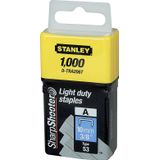
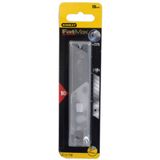

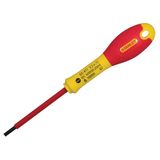

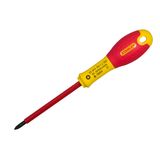

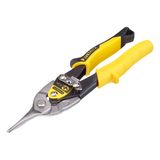
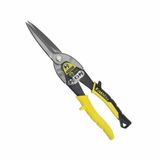
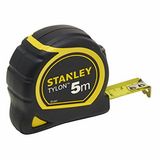



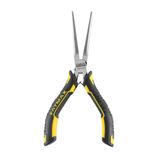
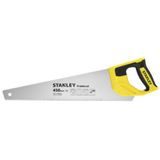

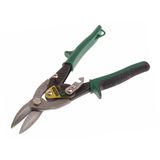
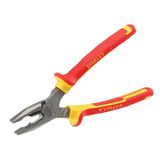
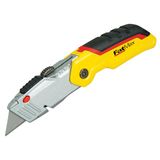

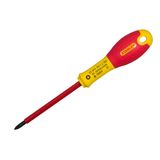
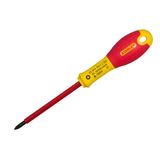


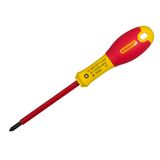
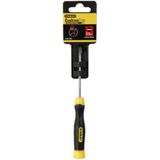
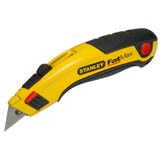


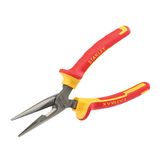
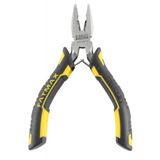
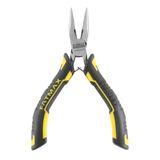


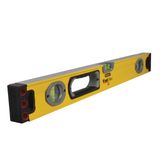

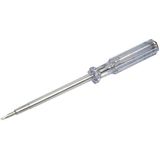
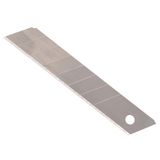
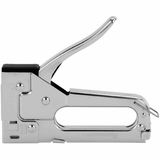
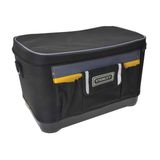
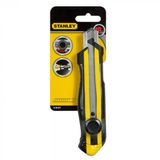

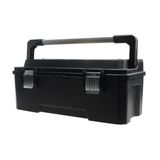
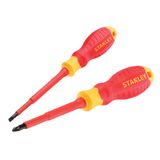
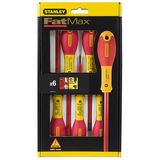
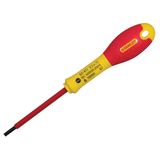
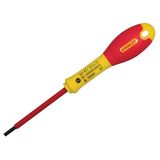




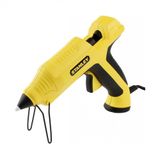
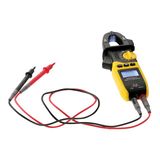
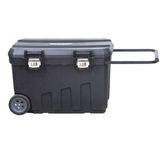
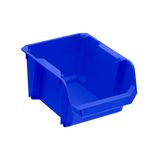
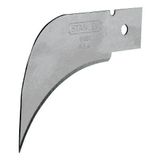
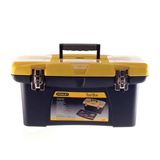
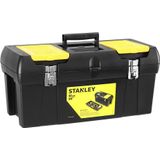
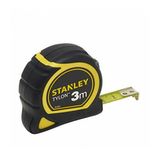
-
-
1
- 2
-
stanley measuring instruments for site and panel work
Stanley’s pro line covers what installers actually carry: TRMS multimeters, clamp meters, insulation testers, non-contact voltage pens, continuity buzzers, laser distance meters, cross-line/rotary lasers, IR thermometers, moisture meters, and socket testers. Ranges are practical—6000–10 000 counts DMMs, 400/600 A AC clamps, insulation 250/500/1000 V with up to 4 GΩ, laser reach 30–100 m (ISO 16331-1 method), thermal −30…+550 °C. Most bodies are IP54 with drop ratings around 2 m; rubber over-moulds and big booted corners survive ladders and vans.
stanley electrical testing tools series map
- TRMS DMMs: CAT III 600 V / CAT IV 300 V, ±(0.5–0.8)% rdg accuracy, LoZ to kill ghost volts, µA range for flame sensors, duty-cycle & frequency for drives.
- Clamp meters: slim jaws for tight boards, inrush capture, VFD-friendly low-pass filter, DC zero for hall clamps.
- Insulation/continuity: 200 mA “true” continuity, PI/DAR trends, auto-discharge, lock test for gloves-on work.
- Lasers & distance: cross-line with pendulum lock, ±2 mm @10 m; LDMs with area/volume, Pythagoras, stake-out.
- Thermal/IR & moisture: 8–14 µm band IR with adjustable emissivity, 12:1 or 24:1 optics; pin/pinless moisture with wood/concrete curves.
All share big backlit displays, glove-friendly keys, and field-replaceable batteries. Calibration stickers and serials live on the side where site auditors look first.
stanley protection equipment for electrical crews
Face shields and EN 166 glasses, cut-resistant gloves with dielectric liners, arc-rated garments for panel proximity, hearing protection for plant rooms, and lockout/tagout kits with universal hasps and device-specific breakers. Dielectric mats meet the usual kV class for switchboards; insulated screwdrivers/pliers are VDE tested to 1000 V. Carry cases are rigid enough that lasers keep their calibration through transport.
Standards, safety, and build details that matter
Meters: IEC 61010 with printed CAT domain (look for CAT III switchboards/CAT IV service), EN 61326 EMC, pollution degree, and altitude notes on the label. Leads: silicone, GS-marked, with finger guards and removable tip shields. Protection class IP54 on most testers; lasers often IP54/IP65. Operating windows −10…+50 °C (typ.), storage −20…+60 °C. Batteries: AA/AAA or Li-ion with USB-C on recent lots; chargers publish ripple so sensitive PLC rooms stay quiet.
Field use and typical measurement stacks
Commissioning a small board? One TRMS DMM with LoZ and a 400 A clamp covers feeder checks, then an insulation set validates 500 V/1000 V routes. For fit-outs, a cross-line laser and 50 m LDM make grid ceilings and tray offsets quick; pair with an IR thermometer to confirm driver case temps stay < Tc. Maintenance adds a socket tester for polarity/RCD and a moisture meter before mounting surface lights on suspect plaster.
Accessories, cases, and what ships well together
Magnet hangers and fold-out stands free both hands in panels. High-flex silicone leads and crocodile clips stop probe juggling. Laser tripods, wall brackets, and target plates keep lines clean in bright rooms. For clamps, slim jaw soft-pouches stop broken ferrites. A small bin of spare windowed fuses and probe tips prevents a job halt after one slip.
B2B range pairing and logistics
Distributors usually kit a meter stack per crew: DMM + clamp + insulation + LDM + laser cross-line, each with spare leads/batteries. For panel builders, add VDE tool sets and dielectric mats so audits pass on the first visit. Where clients ask for full tool carts under stanley tools and equipment, include a lockout/tagout module and document which breakers/adapters fit regional frames.
Spec numbers buyers expect to see on the sheet
- Accuracy class (e.g., DMM ±0.5 % rdg + 3 dgt), counts, sample rate.
- CAT rating, IP, drop test, operating temp, battery type/runtime.
- Insulation test voltages and max MΩ, continuity source current.
- Laser class, self-level range, leveling time, and ISO 16331-1 reach.
- IR optics ratio and emissivity range; moisture material curves.
Spread your tool notes so each line lists function + rating + accessory—less back-and-forth, fewer returns.
Integration with panels and records
Meters log min/max/avg; some export via USB/BLE to CSV so commissioning packs don’t get re-typed. Asset labels (QR/ID) tie instruments to calibration dates. If a client standardises on stanley measuring devices across sites, we keep serials and last-cal dates in the account so replacements match.
Practical tips from site audits
- Use LoZ when phantom volts appear on long runs; it saves hours.
- On VFD rooms, enable low-pass filters before judging harmonics.
- For lighting, confirm driver case temps with IR and note ambient—Tc margin predicts life better than nameplate lm/W.
- Moisture before anchors: lasers won’t stay true on damp plaster.
(Yes, mundane—this is what prevents returns and call-backs.)
stanley diagnostic instruments problem sets
Power complaints: clamp inrush + DMM THD trend; add IR on breaker faces for loose lugs. Nuisance RCD: insulation test by circuit with PI/DAR, then socket tester for neutral-earth issues. Misaligned grid: cross-line laser on a tripod, mark datum, then LDM stake-out down the run. All of this fits one backpack.
Selection checklist for planners
- Measurement domain: TRMS DMM vs clamp vs insulation vs laser/IR.
- CAT/IP/IK ratings vs board class and environment.
- Accuracy and range headroom (aim 20–30 % spare).
- Logging/export need and battery/runtime expectation.
- Case/lead set and the few spare parts that fail first.
- Calibration interval and who holds the certs.
Bankoflamps B2B support (concise)
Individual pricing tied to your room schedules; a named manager maps meters, lasers, PPE, and cases to crews. Live EU stock by warehouse; quotes in about an hour with EAN/MPN, CAT/IP, accuracy lines, and accessory codes. Orders by manufacturer code with dated price lists; lead-time tracking and status in the portal. Post-payment up to 30 days for approved clients. Consolidated shipments cut freight and site sorting across France, the Baltics, Germany, Spain, Italy, Belgium, and the Netherlands.